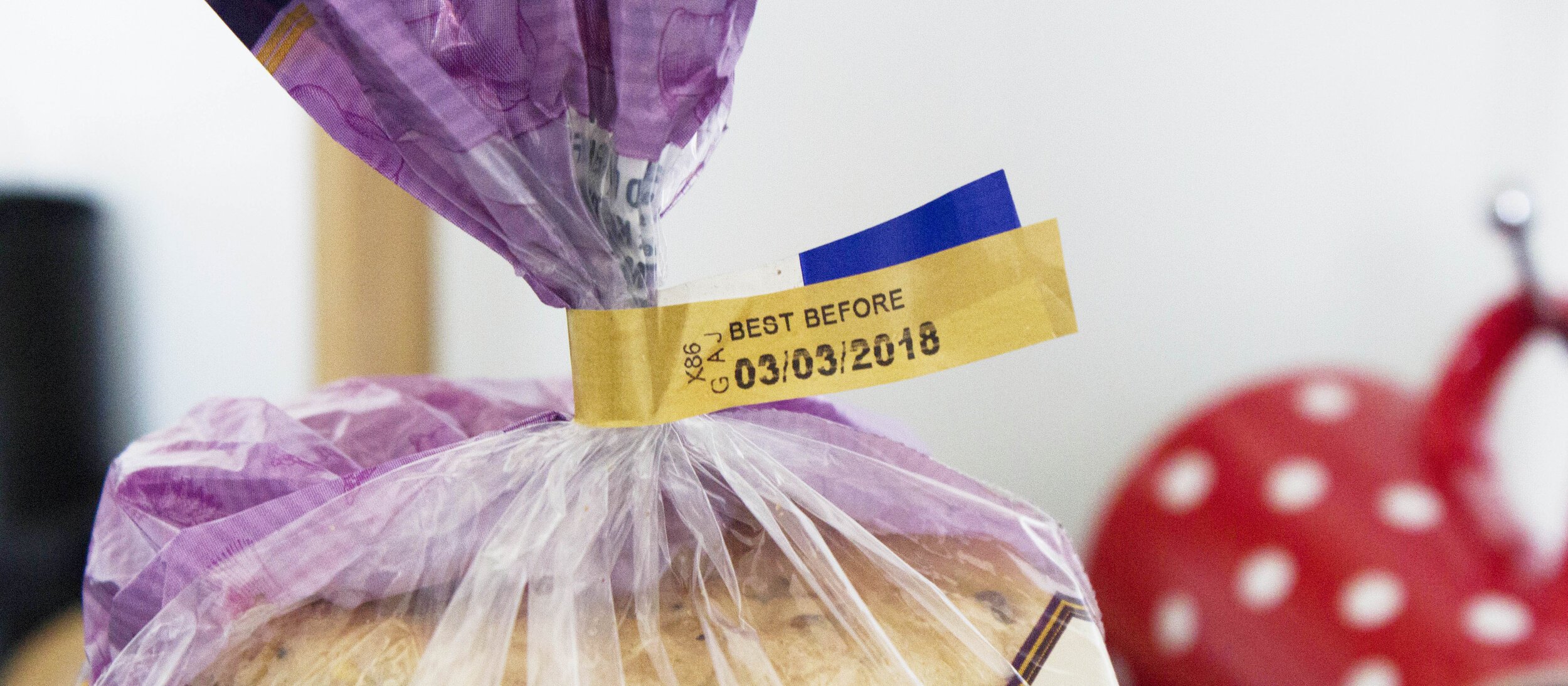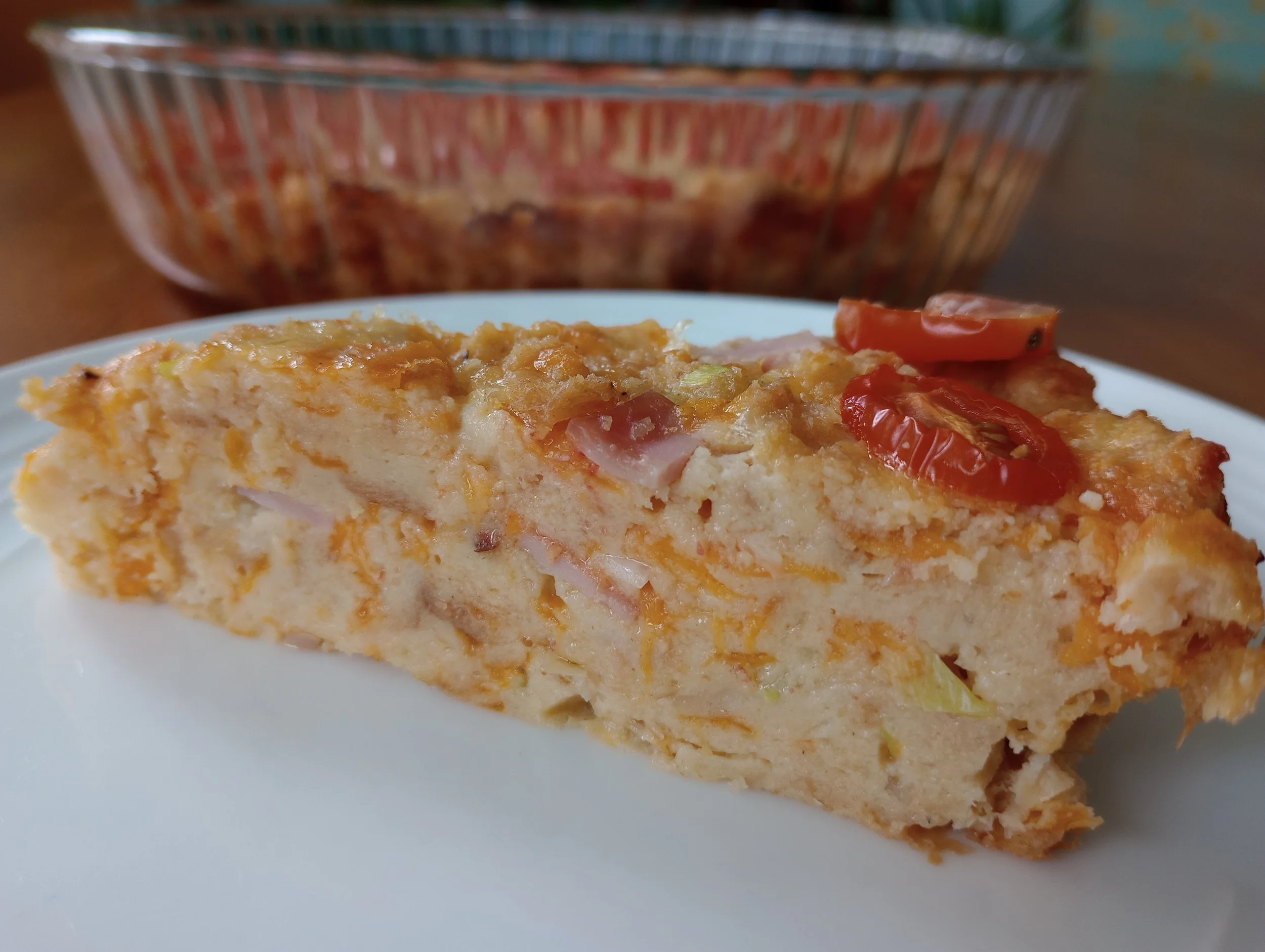
Know your food labels to save money
The need to eat all of the food we buy has never been higher up the agenda. Many of us are finding it trickier than usual to do our weekly food shop, so getting to know food date labels can help us to use all of the food we buy.
According to waste agency, WRAP, approximately £5.7 billion worth of food is wasted each year as it is ‘not used in time.’ Confusion around what date labels mean and storage guidance is a major contributing factor. Whilst food waste has implications for our hard earned cash, wasting food also puts a strain on our natural resources and increases greenhouse gases.
The biggest source of confusion is the difference between Best Before and Use By dates. That’s why we’ve teamed up with Sainsbury’s to help householders quickly distinguish between what’s safe and what’s sketchy with Best Before, Still great after.
What do different food labels mean?
Use By date is about safety
Use By dates relate to the food’s safety and is the most important date to remember!
Foods can be eaten (and most can be frozen) up until the Use By date, but not after. You will see Use By dates on food that goes off quickly, such as meat products or ready-prepared salads.
For the Use By to be a valid guide, you must carefully follow storage instructions.
Best Before date is about quality
Best Before dates relate to the quality of the food, not its safety. E.g. the food will be safe to eat after this date but may not be at its best in terms of texture or flavour. However, in many instances, food will taste the same after its Best Before Date.
In some cases, these foods can be given a new lease of life with a quick culinary transformation. For example, vegetables that are bendy or withered can be cooked. Bread that is a little stale can be toasted. Biscuits that are a little soft can be put into puddings and cheese can be trimmed down or melted.
The Best Before Dates appear on a wide range of fresh, frozen, dried and tinned foods. Like the Use By Date, the Best Before Date will only be accurate if the food is stored according to the instructions on the label and your fridge is at the correct temperature.
5 common foods with Best Before dates and what to do with them
1 Bakery items and confectionary
Biscuits, chocolates and confectionary that are past their Best Before Date should not be sniffed at! If the texture of your chocolate has changed or your biscuits have a slight bend then find them a happy home in a new dessert. Try some of these great recipes from BBC Good Food tiffin, cheese cakes, refrigerator cakes.
According to the Food Standards Agency (FSA) 12% of households throw out bread past its Best Before date. Which is such a shame as bread is so versatile, it can be toasted, made into bread crumbs, croutons, crisps or classic dishes like Panzanella or Fattoush, or less conventional lasagnes or savoury steamed dishes. Croissants and buns make a luxury bread and butter or summer pudding.
Flour is another common item with a Best Before date. If it looks a normal colour and texture then it is fine to eat.
Stale bread pasta
Bread quiche
Thyme bread crusts
2 Eggs
Eggs past their Best Before date are still safe to eat, say the FSA. The official guidance says that British eggs can still be eaten two days after their Best Before dates have passed.You should make sure both the white and yolk of the egg are cooked thoroughly. You can use eggs a couple of days after the best before date in cooking or baking.
Bread custards
3 Fruit and vegetables
Trust your senses when it comes to fruit and vegetables. Unless you have a prepared salad with a Use By date, you should be able to clearly see and feel when fruit and veg are past their best. Don’t be scared of a little bend or blemish. You can cut around imperfections and soak fruit or veg in a bowl of water or cook lightly to put the spring back in their step.
4 Cheese
Many cheeses come with a Best Before date so the decision on when and whether to eat them is in your hands! Moulds added to cheese to either create their rind, change their colour, taste or texture, will continue to grow but that doesn’t mean the cheese is not in good health. Many feel that cheeses get better with age. Most naturally occurring moulds that grow after a Best Before date can either be simply scraped or cut off.
5 Frozen food
You can freeze virtually all foods. Food can remain frozen indefinitely and technically be safe to eat, as bacteria will not grow. However, over time all frozen food will deteriorate in quality and may become un-appetising to eat when defrosted. The time it takes for this deterioration to happen varies between foods.
If you do one thing today...
Check that your fridge is doing its job. Labelling guidance relies on refrigerated foods being stored at the correct temperature. Ensuring that your fridge is at 5C or less will maximise its storage time. A WRAP survey showed that 30% of households had their fridges set much warmer.






